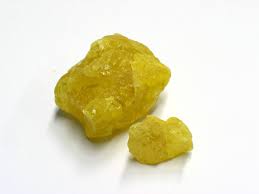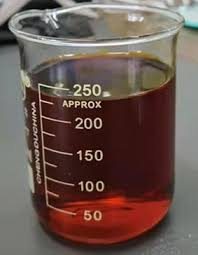**Surfactants: The Secret Agents That Make Air Move Smoothly**
(What Effect Does The Addition Of Surfactant Have On The Airflow)
Imagine blowing up a balloon. You fill it with air, pinch the opening, and let it go. The air rushes out in a noisy, chaotic burst. Now picture something making that airflow quieter, smoother, almost elegant. That’s the magic of surfactants—tiny molecules with big jobs. Let’s talk about how these invisible helpers shape the way air moves.
Surfactants are like the diplomats of the chemistry world. They calm tensions—specifically, surface tension. Surface tension is why water forms droplets or why bugs can skate on ponds. It’s the sticky force holding molecules on a liquid’s surface tightly together. When surfactants step in, they break that stickiness. Think of them as peacekeepers, loosening the grip between molecules so things flow easier.
Now apply this to airflow. Air doesn’t move alone—it often interacts with liquids. In your lungs, for example, oxygen crosses a thin layer of liquid to enter your blood. Without surfactants, that liquid layer would be too tense. Breathing would feel like blowing up a stiff balloon every time. Surfactants in your lungs reduce surface tension, letting air slip in and out effortlessly.
But airflow isn’t just about biology. Surfactants work in machines too. Take spray bottles. Without surfactants, the liquid inside might clump into big, uneven drops. Add surfactants, and the liquid breaks into fine mist. The air carrying those droplets moves smoothly, coating surfaces evenly. It’s the difference between a garden hose on “jet” mode and “mist” mode.
Here’s another angle. Foam. When you wash dishes, surfactants trap air in bubbles, creating foam. The foam’s structure depends on airflow. Without surfactants, bubbles would pop instantly. With them, air gets trapped in a stable lattice. This isn’t just for cleaning—firefighters use foam to smother flames by cutting off airflow to the fire.
Surfactants also fight friction. Air moving through pipes or vents can create drag, like wind resistance against a car. If the pipes are coated with a surfactant-laced liquid, the air glides more easily. This saves energy in HVAC systems or even airplane engines. It’s like oiling a squeaky hinge but for air.
Nature uses surfactants too. Ever seen a waterfall with that crisp, fresh smell? Crashing water traps air, and organic surfactants in the water create bubbles. When these bubbles burst, they release aerosols into the air. Surfactants here decide how small those particles are and how far they travel. This affects everything from cloud formation to the scent of a forest after rain.
Even pollution cleanup relies on surfactants. Oil spills thicken water, making it hard for air to pass through. Surfactants break the oil into smaller droplets, letting air and water mix better. This helps bacteria digest the oil faster. It’s a cleanup crew for both liquid and air.
(What Effect Does The Addition Of Surfactant Have On The Airflow)
Surfactants are quiet revolutionaries. They don’t just change liquids—they reshape how air interacts with the world. From making breathing easier to helping machines run smarter, these molecules prove that sometimes the smallest players have the biggest impact. Next time you take a deep breath or spray a counter, remember: there’s a tiny agent working behind the scenes, making sure air moves just right.
Inquiry us
if you want to want to know more, please feel free to contact us. (nanotrun@yahoo.com)




